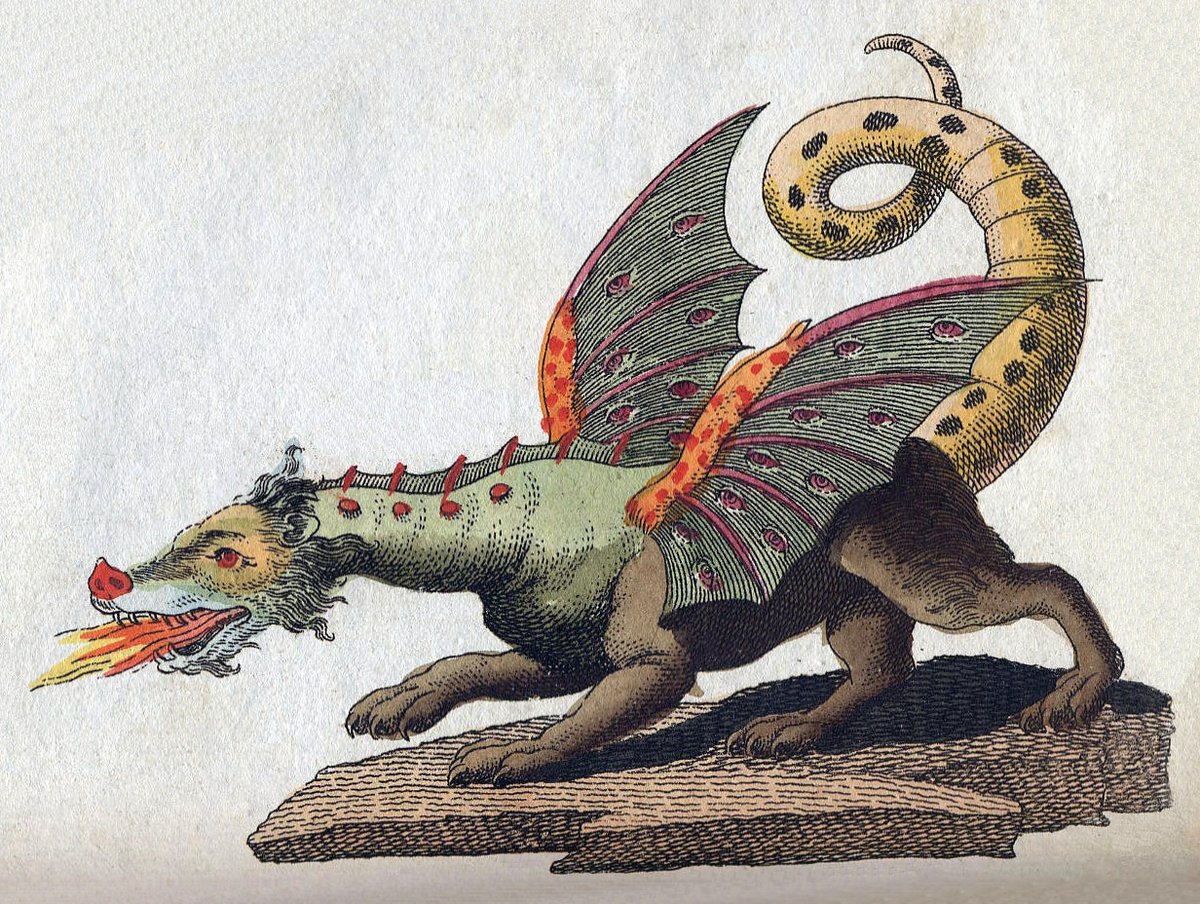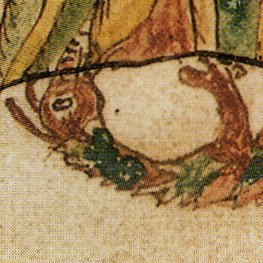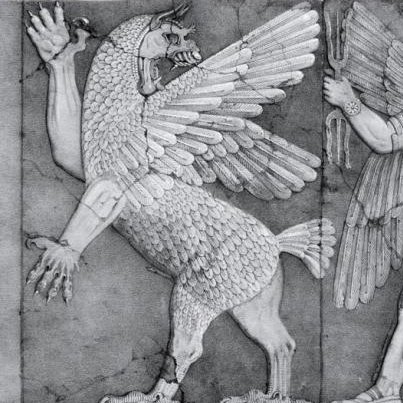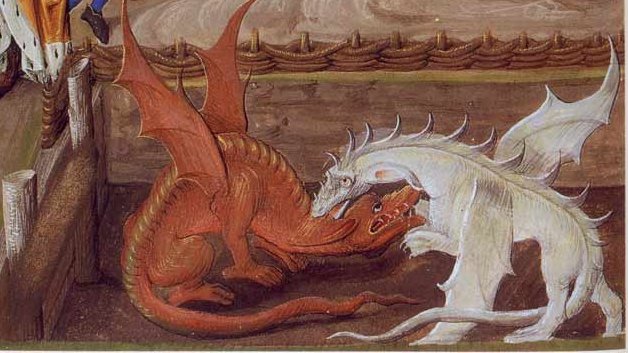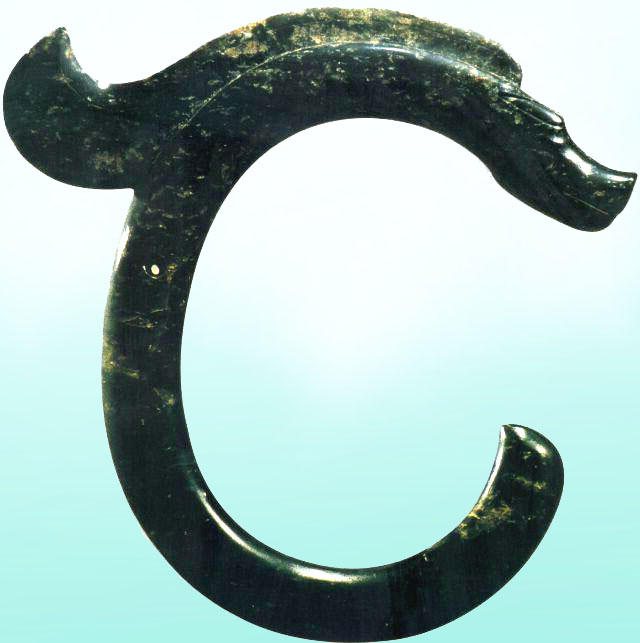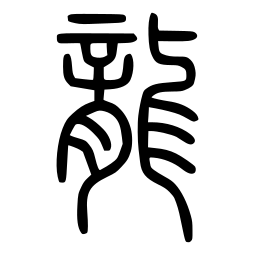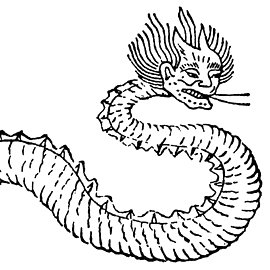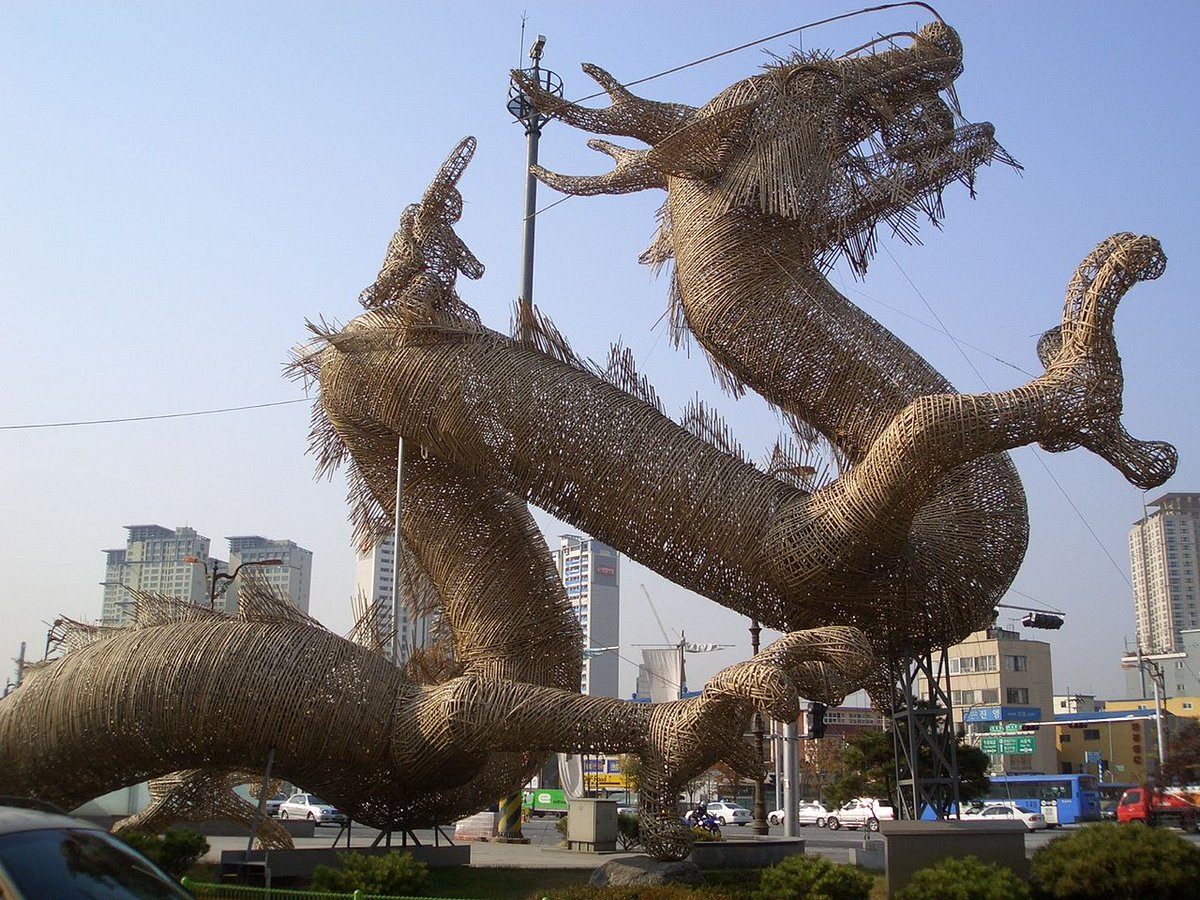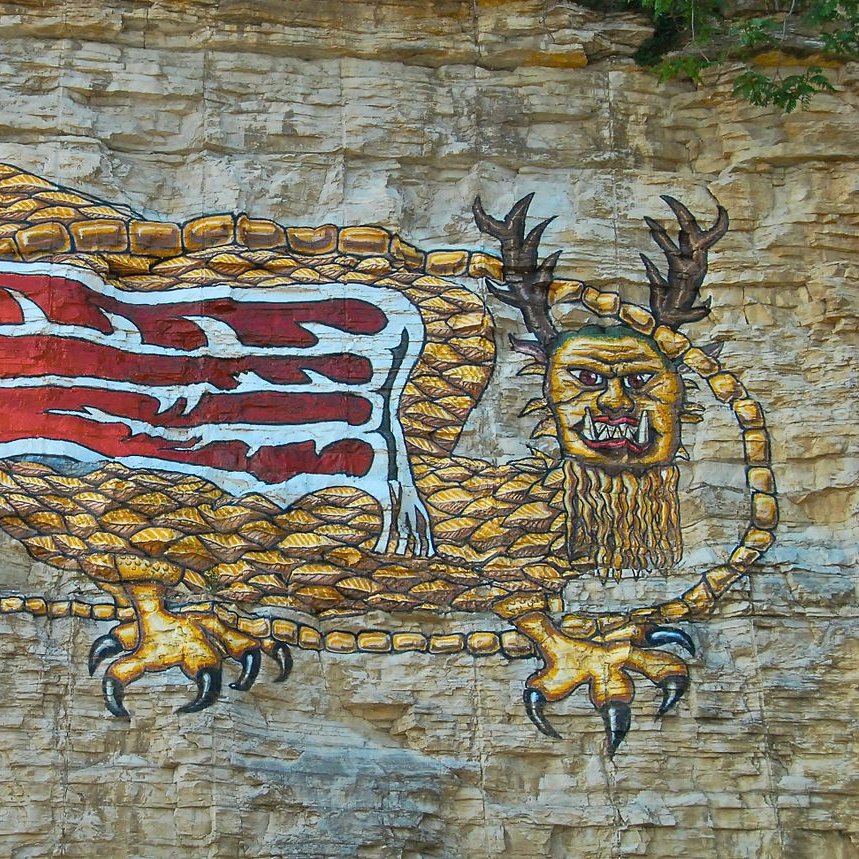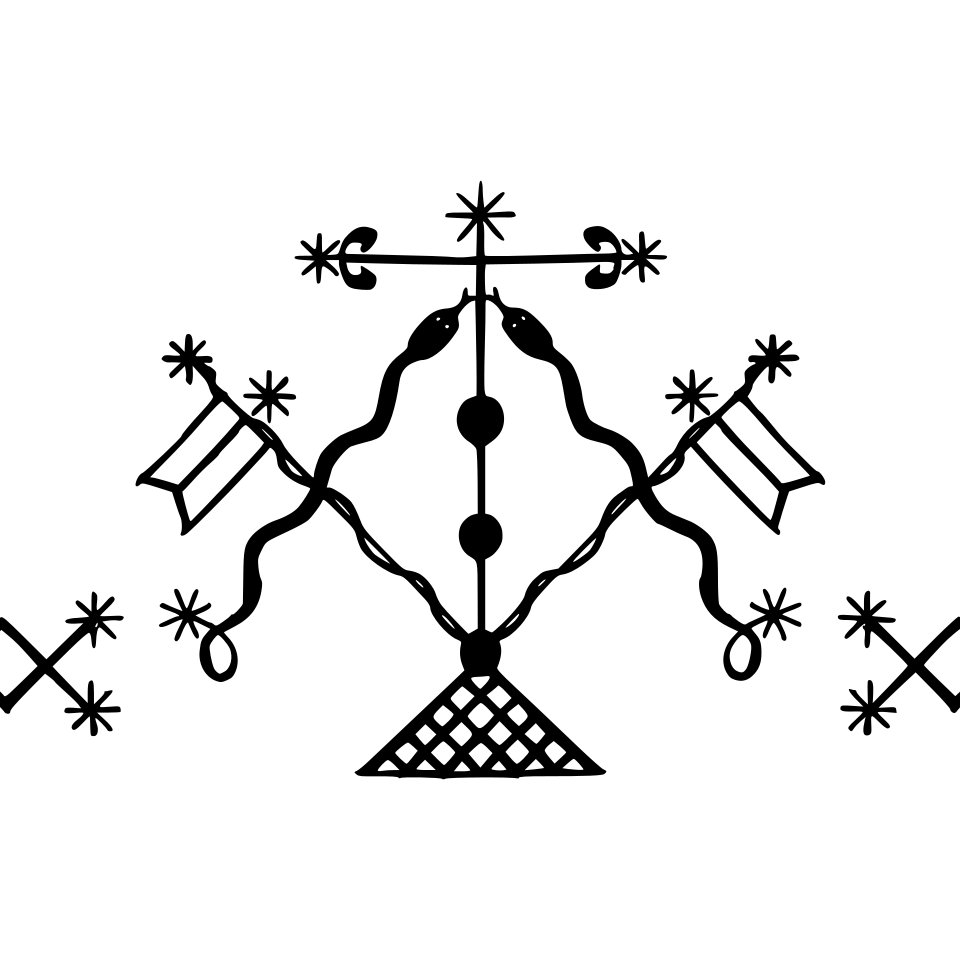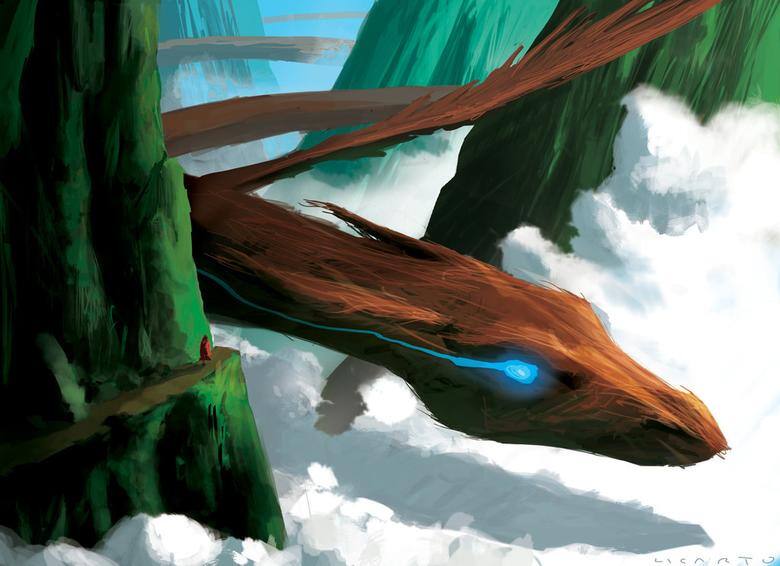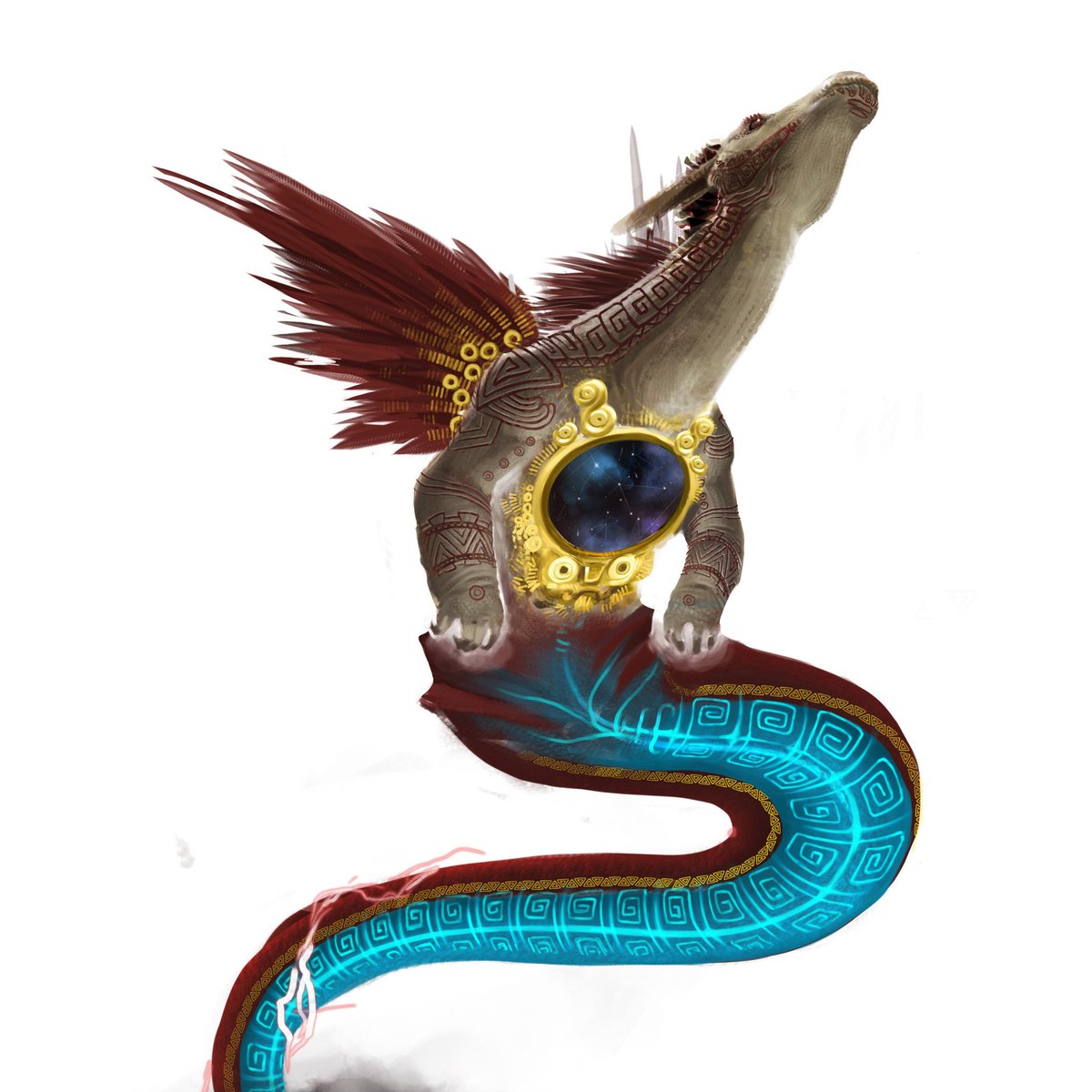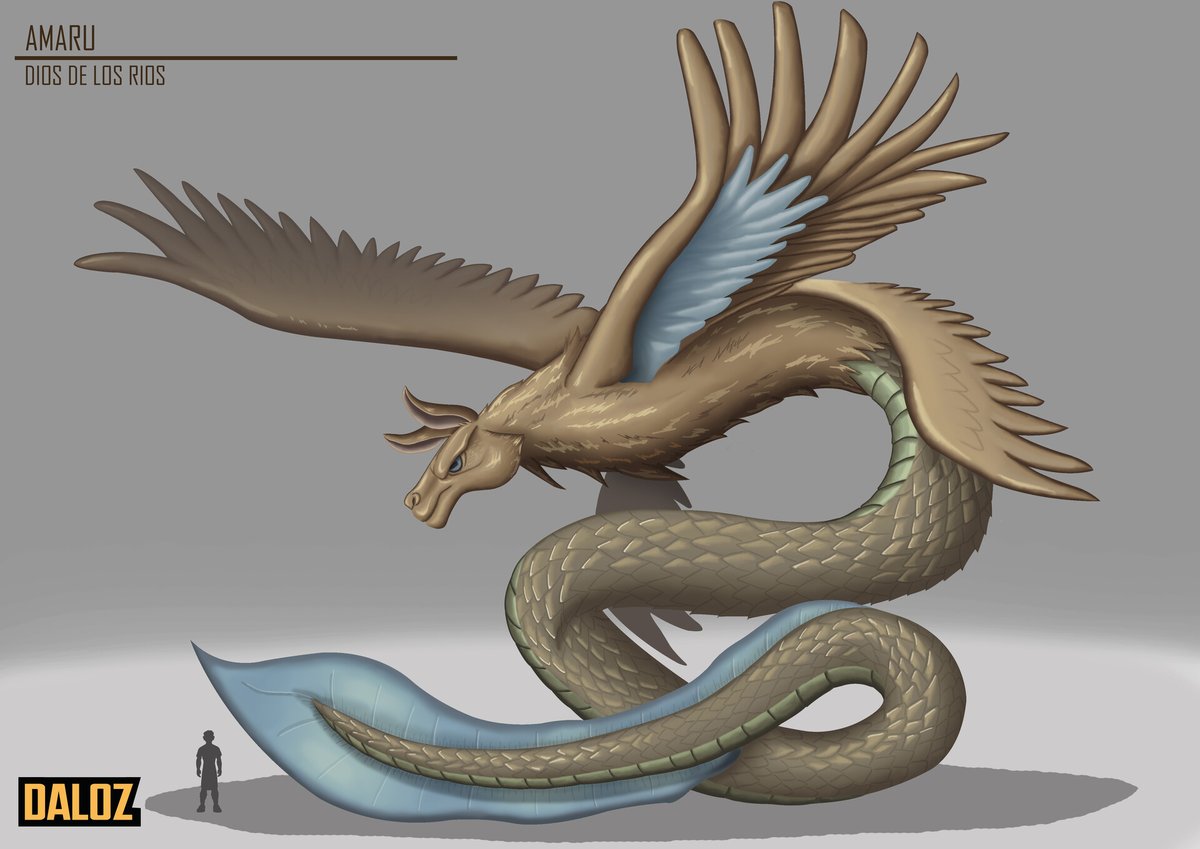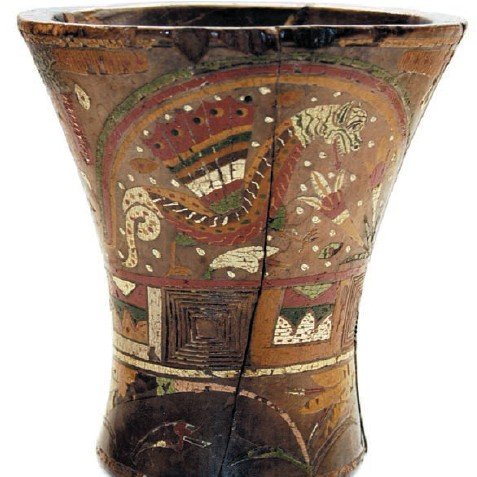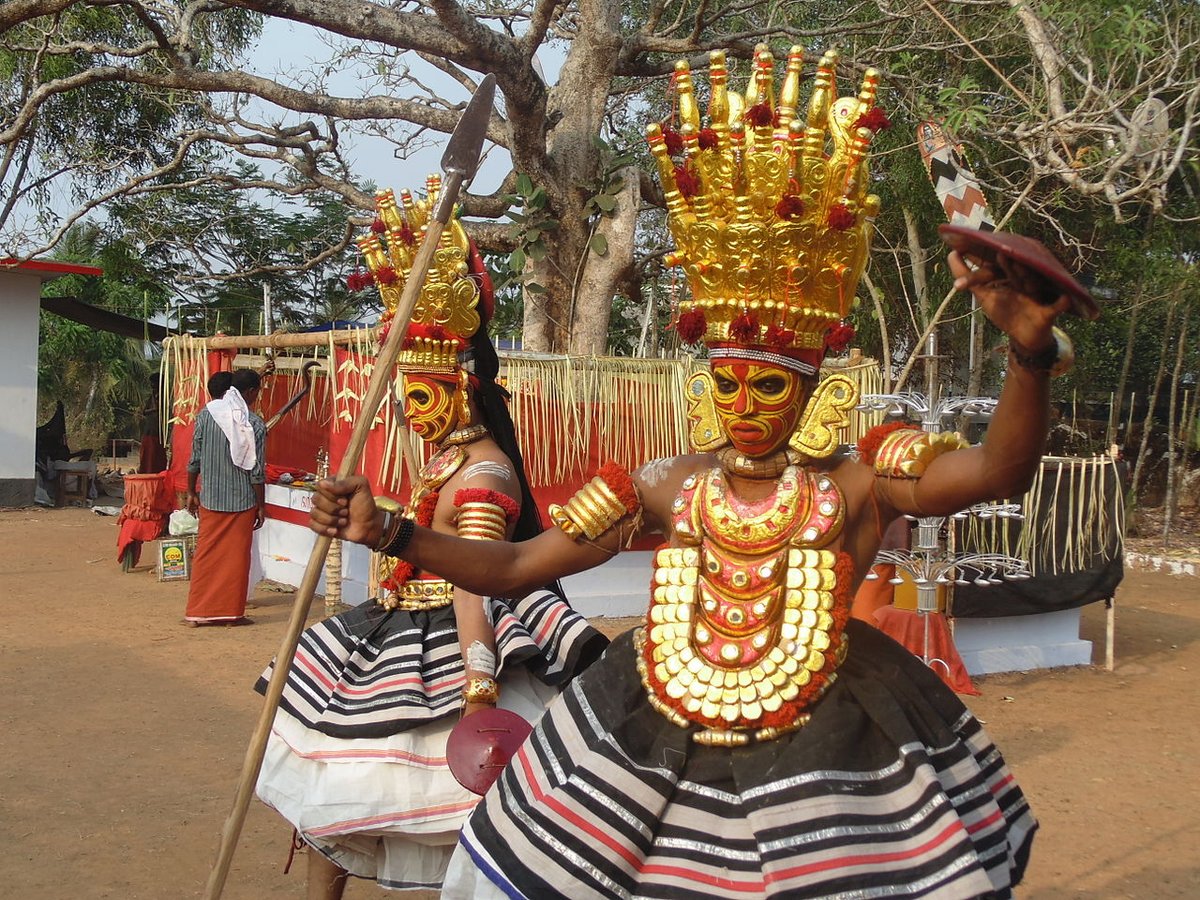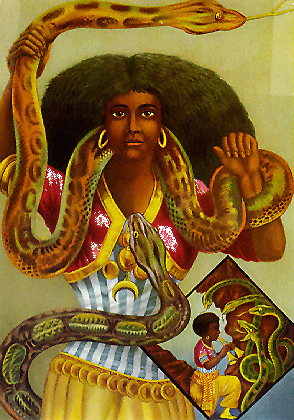What even is a dragon?!
You didn’t ask, but I’m making a thread about it anyway:
This will be a thread about folklore, culture, the way we make categories and lump things together, and about the overriding power of colonialism.
Also, obviously, it is about dragons!!! 1/
You didn’t ask, but I’m making a thread about it anyway:
This will be a thread about folklore, culture, the way we make categories and lump things together, and about the overriding power of colonialism.
Also, obviously, it is about dragons!!! 1/
If I say dragon, what do you think of?
I& #39;ll give you a moment to think...
Ok? Great!
To someone born and raised in the West with European ancestry, the first image that will probably come to mind is of a winged reptilian monster that breaths fire. 2/
I& #39;ll give you a moment to think...
Ok? Great!
To someone born and raised in the West with European ancestry, the first image that will probably come to mind is of a winged reptilian monster that breaths fire. 2/
This archetypal European dragon (Take Smaug, Drogon, Puff and Maleficent for example) traces its roots back to Ancient Greece. The word dragon itself comes from & #39;δράκων& #39; (pronounced Drakon). 3/
But Drakons didn& #39;t fly, they were just huge serpents; The many headed Hydra and seafaring Cetus were also Drakons.
The word comes from the Greek ‘I see’ dérkomai, meaning, a creature with a deadly gaze. Like the basilisk or medusa, a creature that killed by looking at you! 4/
The word comes from the Greek ‘I see’ dérkomai, meaning, a creature with a deadly gaze. Like the basilisk or medusa, a creature that killed by looking at you! 4/
This myth was passed to Rome through storytelling, such as the tales of Hercules.
Here the Drakon might have met the likes of the Norse ‘Níðhöggr’ a winged serpent, and ‘Tiamat’ the Babylonian chimera goddess. These stories fused with each other and the Drakon got its wings! 5/
Here the Drakon might have met the likes of the Norse ‘Níðhöggr’ a winged serpent, and ‘Tiamat’ the Babylonian chimera goddess. These stories fused with each other and the Drakon got its wings! 5/
From here on the medieval creature known as a ‘Dragon’ (and occasionally Wyrm) becomes a flying staple of many artworks. By 1260AD you have depictions of dragons that would be easily recognised by western audiences today. /6
Fire breathing and a love of treasure were borrowed from biblical descriptions of Leviathans in biblical texts and Eastern European folklore. This became part of the dragon identity we think of today. 7/
Meanwhile in ancient China, a creature named after the sound of thunder ‘Luhng’ was evolving along a convergent path.
Around 5000BC the Yangshao culture were depicting reptiles who were the very embodiment of life-force and energy. 8/
Around 5000BC the Yangshao culture were depicting reptiles who were the very embodiment of life-force and energy. 8/
But Luhng don’t resemble Western dragons at all!
For example they are described as having ‘a horse& #39;s head and a snake& #39;s tail& #39; and & #39;his antlers resemble those of a stag, his head that of a camel, his eyes those of a demon, his neck that of a snake, his belly that of a clam.’ 9/
For example they are described as having ‘a horse& #39;s head and a snake& #39;s tail& #39; and & #39;his antlers resemble those of a stag, his head that of a camel, his eyes those of a demon, his neck that of a snake, his belly that of a clam.’ 9/
Japanese, Korean, Mongolian and other East Asian ‘dragons’ would be born from these chimeric shape-shifting origins spiralling into entirely different legends and myths.
From the Buddhist ‘Naga’ snake-people, to the Korean Imugi, believed to be good luck. 10/
From the Buddhist ‘Naga’ snake-people, to the Korean Imugi, believed to be good luck. 10/
Whilst they have some shared reptilian traits, and even fire-breathing, the two origin stories were for thousands of years entirely separate.
As well as East Asian beings that we call dragons, there are also MANY MANY other non-western & #39;dragons& #39;! /11
As well as East Asian beings that we call dragons, there are also MANY MANY other non-western & #39;dragons& #39;! /11
For example the Ayida-Weddo ‘Rainbow serpents’ of Benin, Africa, the fox-headed Amaru of South America and the Native American Paisa-bird. To name just a few!
All of these have been put under the category dragon… /12
All of these have been put under the category dragon… /12
All of these have been put under the category dragon… even though many, if not most, are in no way connected to the Western Dragon construct and don’t even look the same!
So, does it matter? 13/
So, does it matter? 13/
This is where things get tricky.
If calling these beings dragons make them easier for a Western audience to understand then maybe it could be argued to be a good thing.
Well... as long as you are White and European... 14/
If calling these beings dragons make them easier for a Western audience to understand then maybe it could be argued to be a good thing.
Well... as long as you are White and European... 14/
Historically indigenous beliefs are rewritten or subsumed by other cultures; reshaped to fit a prescribed narrative. You can see some of the nuances of those beings labelled as ‘dragons’ being diluted to fit a western style. In doing so something of the original is lost. 15/
It seems handy to call them all dragons, but it is also very lazy.
Colonialism has an insidious power on storytelling: it has lead some people to believe that mermaids can’t be black, or that Moana (an ancient Polynesian word for ocean) is just a Disney princess. /16
Colonialism has an insidious power on storytelling: it has lead some people to believe that mermaids can’t be black, or that Moana (an ancient Polynesian word for ocean) is just a Disney princess. /16
It& #39;s something that as a folklorist I have to think about long and hard:
Dragons, mermaid, ghosts, fairies and trolls… each of these is a category that contains thousands of imagined beings from all over the world. They are not owned by Disney. /17
Dragons, mermaid, ghosts, fairies and trolls… each of these is a category that contains thousands of imagined beings from all over the world. They are not owned by Disney. /17
A dragon therefore is either one very particular thing, many fascinating and divergent creatures, or it is nothing at all!
Heres to Dragons, Drakons, Luhngs, Rainbow Serpents, Naga, Imugi and all their various and varied brethren! 18/
Heres to Dragons, Drakons, Luhngs, Rainbow Serpents, Naga, Imugi and all their various and varied brethren! 18/

 Read on Twitter
Read on Twitter